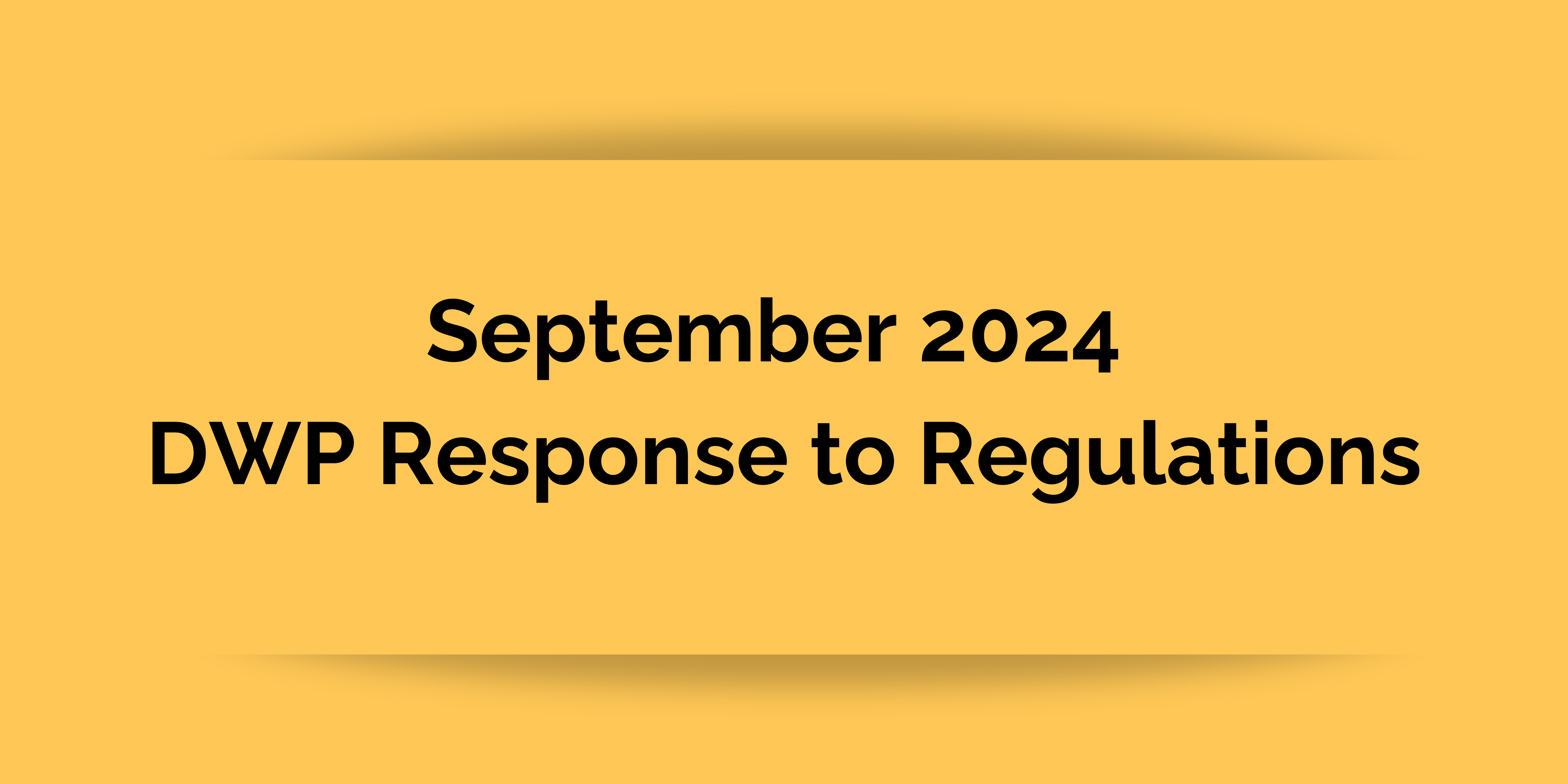
Read DWP recommendations for the regulations here
Watch DWP Response webinar here.
1. Automatically enroll people for the CDB that meet the three requirements set out in the legislation and the regulations – possession of a DTC certificate, filed taxes for the previous year, and has low income. Remove the need for a new, not-yet created, not-yet tested, application process. Create an opt-out for those who do not wish to receive the benefit. For those people who may have to apply, with complex personal circumstances, use navigators to support them through this process.
2. Act on the many shortcomings of the DTC. It is a tax credit and was never intended to be the gateway to social programs. Allow automatic eligibility for those on any disability assistance program—no additional barriers. Make the benefit available to the 1.6 million people who should qualify quickly. Consider what happens to those people who seem to be placed on temporary DTC randomly, and those who have it removed. While the CDB is used as an access point by other programs, this is equally problematic – access to those programs is also limited by the inability of people to enrol for the DTC.
3. Raise the income threshold to above the poverty line, and take into consideration the additional cost of disability.
4. Individualize the benefit. Recognize the independence, autonomy and safety of disabled people. Remove any actions from another person, like a spouse, that could hinder the disabled person in receiving the benefit.
5. Raise the amount of the benefit to take into consideration the poverty line and the cost of disability. $200 is simply not enough – too little money for too few people. $23,000 is too low for income cut off.
6. Listen to and respect Nothing About Us Without Us. Respond to disabled people by acting on the recommendations given through the Canada Gazette consultation process.
It is time the government makes good on their promises to uplift disabled, poor, and vulnerable Canadians out of poverty. These are our recommendations based on months of data collection and come directly from the views and needs of disabled Canadians.